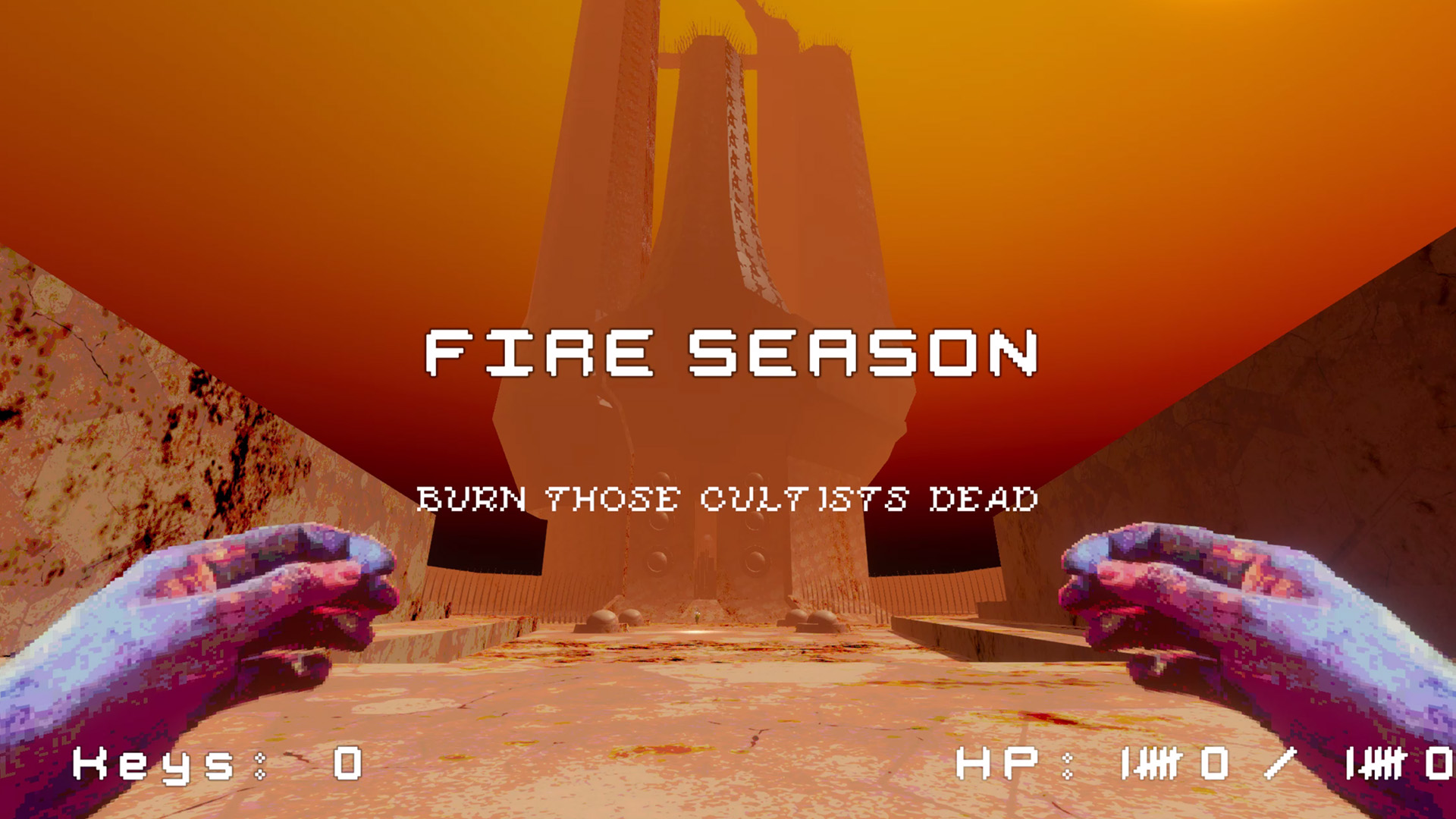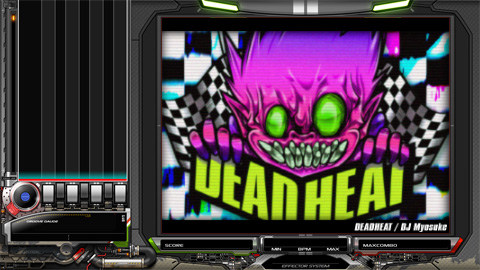
NASCAR Heat 3 Mac OS X is one of the best racing games of the year. Also, is the only big title released this Fall. Among massive action and RPG titles, this one comes like a fresh breath of air. The most important new feature is the Xtreme Dirt Tour. Unless there is a rare defect in a Mac, most temps are well within the normal operating range, considering the workload being put on it. Websites with Flash content, games and other multimedia apps will put higher demand on the CPU/GPU, generating more heat. IMac Intel 27' EMC 2309 & 2374. IMac Intel 27' EMC 2309 (Late 2009, Core 2 Duo 3.06 or 3.33 GHz) ID iMac10,1, EMC 2374 (Late 2009, Core i5 2.66 GHz or Core i7 2.8 GHz) ID iMac11,1.
In rasterized video display generator systems stationary 'stripes' (like boxes) are generally indicative of either memory array (draw buffer[s]) or output array write, read or output addressing-counter failures. In such 2 dimensional flat 'table' arrays, each row and column location (and blocks of the same) is/are formed of data applied at numerical x-y addresses.
Each numerical 'x' or 'y' (row or column) range of addresses represent some vertical or horizontal 'stripe' range, as any specific 'block' represents an intersection of the coincidence of those two ranges of addressing-counter regions. The lowest numbered physical address (start) is in one corner and the highest numbered address (end) is at the diagonally opposite corner of the stored or drawn 'x-y table array'.
In a (more simply described for example) simplified base-10 example, addressing-counter numbers are generally formed/generated by some sort of a serial to parallel decoding array that reuses the 'fine' 0-10 or 0-100 (hottest, fastest, hardest-working 'fine' address-counting) counter by merely occasionally incrementally adding a 'coarse' 10-100, 100-1,000, 1,000-10,000, 10,000-100,000 (etc) 'bit' to the address-count output to get it up to the higher address-count location-range numbers. Repeating 'stripes' are thus indicative of a (repetitive) failure of the underlying 'fine' address-counting numbering decoder.
If the 'fine' (0-100 ex) decoder starts missing it's ability to generate addressing numbers, say for example, from '50-100' during each count-up sequence, then the array will be striped (empty of data) in equal stripes all the way up the range, since those array locations cannot be addressed to be read, rewritten or output.
Stripes don't indicate a failure of the display, they indicate a failure of the display's own controller/driver circuits, the GPU or the graphics card's output or the display's input/output interface.
Otherwise the failure to refresh, redraw, erase or move a moving or movable block of data like a program window or animation graphic element within it (a so-called 'sprite-block' of local image data) or deal with it's overlay-depth-priority or transparency (box-trails) is a problem in the RAM addressing, rewriting or data manipulation/flow handling of the GPU (or data or software instruction) itself.
Since modern low single voltage DRAMs don't heat up like their older progenitors 90% of these sorts of (non-defect) failures are voltage or thermal parallel addressing counter/connection related.
A downloadable GMTK Game Jam for Windows, macOS, and Linux
About:The world its facing its final moments. While the universe ends, join an inter-stelar battle against all races to prove that yours is the best of them all! slash, shoot and kill your enemies, but bare in mind that your battle suit warms with each action.
https://eorgh-juego-diamond-de-dash-depositsurfing.peatix.com.

NASCAR Heat 3 Mac OS X is one of the best racing games of the year. Also, is the only big title released this Fall. Among massive action and RPG titles, this one comes like a fresh breath of air. The most important new feature is the Xtreme Dirt Tour. Unless there is a rare defect in a Mac, most temps are well within the normal operating range, considering the workload being put on it. Websites with Flash content, games and other multimedia apps will put higher demand on the CPU/GPU, generating more heat. IMac Intel 27' EMC 2309 & 2374. IMac Intel 27' EMC 2309 (Late 2009, Core 2 Duo 3.06 or 3.33 GHz) ID iMac10,1, EMC 2374 (Late 2009, Core i5 2.66 GHz or Core i7 2.8 GHz) ID iMac11,1.
In rasterized video display generator systems stationary 'stripes' (like boxes) are generally indicative of either memory array (draw buffer[s]) or output array write, read or output addressing-counter failures. In such 2 dimensional flat 'table' arrays, each row and column location (and blocks of the same) is/are formed of data applied at numerical x-y addresses.
Each numerical 'x' or 'y' (row or column) range of addresses represent some vertical or horizontal 'stripe' range, as any specific 'block' represents an intersection of the coincidence of those two ranges of addressing-counter regions. The lowest numbered physical address (start) is in one corner and the highest numbered address (end) is at the diagonally opposite corner of the stored or drawn 'x-y table array'.
In a (more simply described for example) simplified base-10 example, addressing-counter numbers are generally formed/generated by some sort of a serial to parallel decoding array that reuses the 'fine' 0-10 or 0-100 (hottest, fastest, hardest-working 'fine' address-counting) counter by merely occasionally incrementally adding a 'coarse' 10-100, 100-1,000, 1,000-10,000, 10,000-100,000 (etc) 'bit' to the address-count output to get it up to the higher address-count location-range numbers. Repeating 'stripes' are thus indicative of a (repetitive) failure of the underlying 'fine' address-counting numbering decoder.
If the 'fine' (0-100 ex) decoder starts missing it's ability to generate addressing numbers, say for example, from '50-100' during each count-up sequence, then the array will be striped (empty of data) in equal stripes all the way up the range, since those array locations cannot be addressed to be read, rewritten or output.
Stripes don't indicate a failure of the display, they indicate a failure of the display's own controller/driver circuits, the GPU or the graphics card's output or the display's input/output interface.
Otherwise the failure to refresh, redraw, erase or move a moving or movable block of data like a program window or animation graphic element within it (a so-called 'sprite-block' of local image data) or deal with it's overlay-depth-priority or transparency (box-trails) is a problem in the RAM addressing, rewriting or data manipulation/flow handling of the GPU (or data or software instruction) itself.
Since modern low single voltage DRAMs don't heat up like their older progenitors 90% of these sorts of (non-defect) failures are voltage or thermal parallel addressing counter/connection related.
A downloadable GMTK Game Jam for Windows, macOS, and Linux
About:The world its facing its final moments. While the universe ends, join an inter-stelar battle against all races to prove that yours is the best of them all! slash, shoot and kill your enemies, but bare in mind that your battle suit warms with each action.
https://eorgh-juego-diamond-de-dash-depositsurfing.peatix.com.
Dancing club bloodlust mac os. Movement: WASD
Slash: Right Click
Shoot: Right Click Hold (After Slash)
Art: Diego Lozano
Programming: José Méndez
| Status | In development |
| Platforms | Windows, macOS, Linux |
| Author | Tanfor |
| Genre | Action |
| Made with | Unity |
| Tags | Bullet Hell, markbrown, rock, Top down shooter, Unity |
Install instructions
Unzip and Inst Spinvival mac os. Prism casino no deposit bonus codes 2016.
Heat Death (jamptaco) Mac Os Download
Controls:Movement: WASD
Slash: Right Click
Shoot: Right Click Hold (After Slash)
Heat Death (jamptaco) Mac Os X
Download
Heat Death (jamptaco) Mac Os Update
Asciipocalypse mac os. Log in with itch.io to leave a comment. Street friends mac os.

